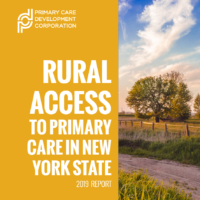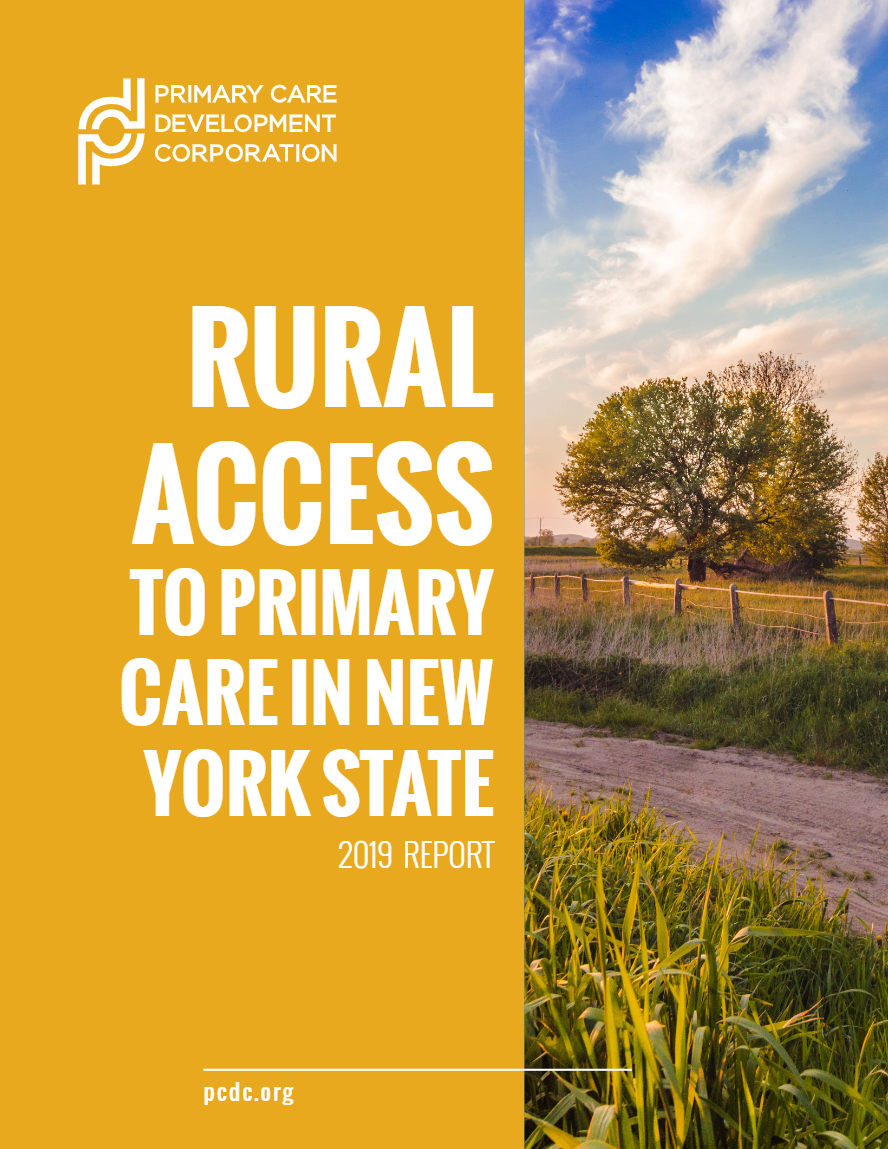In New York State’s Rural Areas, Disparities in Primary Care Access: New Findings


Access to primary care is one of the most frequently cited and urgent health problems facing rural populations. A new PCDC report — the first of its kind — examines this challenge in New York State, identifying key measures of access and specifying policy strategies for improvement.
 The “Rural Access to Primary Care in New York State” report defines rural areas as having fewer than 2,500 persons and small-town areas as having fewer than 9,999.
The “Rural Access to Primary Care in New York State” report defines rural areas as having fewer than 2,500 persons and small-town areas as having fewer than 9,999.
Compared with metropolitan and micropolitan areas, rural and/or small-town areas were found to have:
Where urban areas have 15 primary care providers per 10,000 residents, rural areas have only 3.4, according to the findings.
Policy recommendations include redefining geographic designations for reimbursement, increasing reimbursement rates, and expanding rural workforce initiatives.
“Increasing primary care access across New York State, as in other states, creates healthy communities, ensures health equity, and reduces health care costs,” said PCDC’s Mary Ford, Director of Evaluation and Analytics. “Through these findings and recommendations, we provide a blueprint for policy makers to improve rural access to primary care.”
Read PCDC’s testimony before the New York State Assembly.